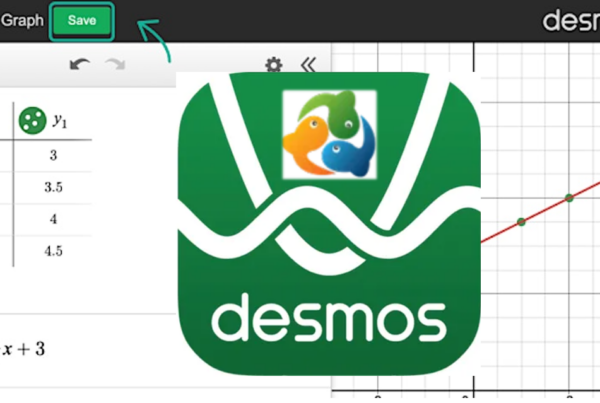As the switch to the digital SAT approaches in March, plenty of information about this new test is floating around. As a tutor, I’ve been investigating the new test, seeing how it feels, and determining how I plan to help students navigate the test. As an individual with ADHD and autism, I want to share my personal experience with taking the digital SAT: what felt good, what didn’t feel good, tools/tips I liked, and things to keep in mind.
The digital format brought new elements into play, and while some aspects resonated with my learning style, others posed unexpected hurdles. In this blog, I’ll share my personal experience, shedding light on the nuances that arise when neurodiversity meets standardized testing.
If you don’t know about the new changes in the digital SAT, please check out these blogs first:
- The SAT is Going DIGITAL
- The Evolution of the SAT: Paper vs. Digital (Debuting March 2024)
- The All-New Reading and Writing Digital SAT Section
- The All-New (and Not So Different) Math Section on the Digital SAT
- Is the Digital SAT Better for Students with ADHD?
- What Does the Digital SAT Mean for Students with Accommodations?
While I will be referencing the changes on the test, I will not be detailing them in this blog, so definitely check out those other blogs for all the details!
IMPORTANT NOTE:
Everyone’s neurodivergence is different. I am sharing my experience and interpretation of the test–I am also a professional SAT tutor. I have years of experience teaching myself to pay attention when my brain doesn’t want to. My experience will not be the same as yours–my goal is to provide one perspective so that others may be able to relate, even if our experiences are different.
Section 1: Reading and Writing
Shorter Passages: My ADHD Advantage
The transition to a digital SAT brought me a game-changing feature: shorter passages. On the old paper SAT or even the ACT, the passages in the reading section always felt long and difficult to pay attention to. I might miss small details or have to re-read the passage because I zoned out while reading or simply forgot what I read as soon as I finished. Then there were ten questions about that passage, which required me to focus on the passage for a long time.
On the digital SAT, the maximum passage length is 150 words–one or two paragraphs! Even better, there’s only one question per passage! The shorter passages not only require less time to read, but I found that they allow me to find the details I’m looking for easily. The brevity of each passage allowed me to delve into the content more effectively, honing in on key details without feeling overwhelmed.
Consistent Question-Type Order: a Handy Road Map
The predefined question order was really helpful to me: I knew which questions I would see first (reading, then writing), I was able to prepare for each set of questions, and I could jump around to the question types I liked when I needed a break from the harder questions.The Bluebook tools make jumping around and returning to uncompleted questions much easier than it used to be with the paper test packet.
I personally find that the flexibility (ability to transition between tasks or topics) required when taking tests can be rather taxing–this is not uncommon for neurodivergent individuals. Switching tasks requires a considerable amount of energy when consecutive questions are very different from each other. On the digital SAT, the reading and writing questions are grouped by type: complete the sentence, then reading comprehension, then inferences, then grammar, etc. It limited the number of times I had to transition between types of tasks, which helped save energy.
Rapid Topic Transitions: a Cognitive Juggling Act
While the shorter passages helped with my focus, the constant transition between topics in the reading and writing sections proved taxing. As I mentioned before, transitioning between ideas demands a certain cognitive flexibility that I personally sometimes struggle to maintain. Because of the shorter passages, each question references a different text, each with a unique topic. So, every question requires a shift in topic focus – which I found tiring. Luckily, using good strategies with question order and writing-specific strategies, I was able to mitigate my loss of focus from fatigue. However, it’s important to recognize that this level of flexibility can be really tiring and difficult to maintain, so it’s vital to have a game plan to rely on!
Part 2:
Make sure to head over to part 2 of this series where I discuss my impressions of the math section. It also includes the strategies that I recommend because they helped this neurodivergent tutor ace the test!




